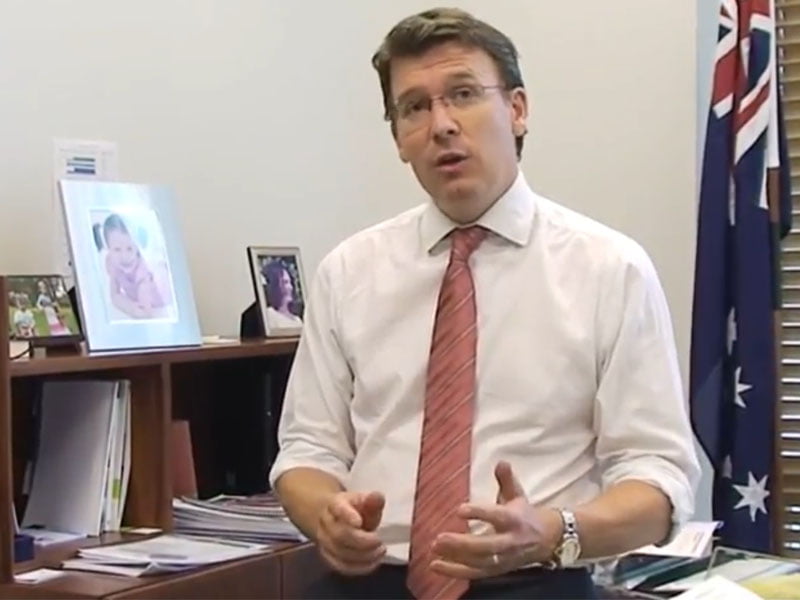Human Services Minister Alan Tudge says the continuation of the error-prone Centrelink debt recovery scheme was necessary to maintain the “integrity” of Australia’s welfare system.
Mr Tudge said the system is working and that the government had no plan to discontinue its operation.
Under the scheme, Centrelink has sent 169,000 letters top welfare recipients claiming discrepancies between Centrelink information and Australian Taxation Office data that points to a debt owed to Commonwealth.

The government concedes that in about 20 per cent of cases the data is wrong and that there is no debt.
Despite the huge error rates, Mr Tudge said the system is working well and that welfare recipients are given opportunities to “update their information” if Centrelink has erroneously sent them a debt notice and have avenues for appeal if the notice is subsequently forwarded to debt collectors.
Mr Tudge told ABC radio that tight compliance schemes were important to the integrity of the welfare system.
“After all the welfare system constitutes a third of the budget. So we want to make sure that people get the welfare entitlements that they are entitled to and no more, and no less,” Mr Tudge said.
“Consequently we do have a robust system in place, and in the last six months alone we have recovered more than $300 million to the taxpayer through that system,” he said.
“So the system is working and we will continue to work with the system.”
The Commonwealth’s former digital Tsar Paul Shetler has described the debt-recovery scheme as “cataclysmic” and says the error rates in were so high as to be considered fraud.
He called it a “blunt and crude” approach that is unfairly harmful to thousands of people that Centrelink is supposed to be servicing.
Mr Tudge has dismissed Mr Shetler’s criticisms, saying “in his time at the Digital Transformation Office [Paul Shetler] did not at any time work on the Centrelink systems.”
Despite the widespread and mainstream reporting in past weeks of Centrelink clients receiving notices for money not owed, Mr Tudge said he was “not aware of individuals who are completely convinced they don’t owe money but have been given a debt notice.”
He said that describing the 20 per cent of debt letters that are sent to people who do not have a Centrelink debt as a “failure rate” – which is how critics of the system have described it – was a “completely inaccurate description of that process.”
Mr Tudge also downplayed the difficulties clients have in contacting Centrelink to clarify their information, despite the tens of millions of calls to Centrelink contact centres that cannot be completed annually, and the acknowledged shortcomings of the MyGov service.
The sharpest criticism of Centrelink’s debt recovery program relates to the 20 per cent failure rates – the so-called false positives, and the understanding that Centrelink has been well aware of the shortcomings but proceeded with its automated process regardless.
The program is not new. But up until around the middle of last year, Centrelink employed people to weed through the problem manually in order to reduce the number of false positives.
Since September, it has stopped that manual intervention, despite knowing the data problems exists.
Shadow Human Services minister Linda Burney called the government response to the flawed Centrelink system “abysmal”, saying up to 4,000 people per week were being wrongly accused of owing money.
“What an abysmal response from the minister, you’d think he would have been briefed before speaking to the media.” Ms Burney said.
“I was hoping that Minister’s return would give us some clarity, instead he has simply continued to deny there is any issue at all. Clearly the Minister is completely out of touch.”
“This isn’t actually about politics; this about an incredible failure of administration. Pause the system and fix the problem, it’s simple.”
Do you know more? Contact James Riley via Email.

